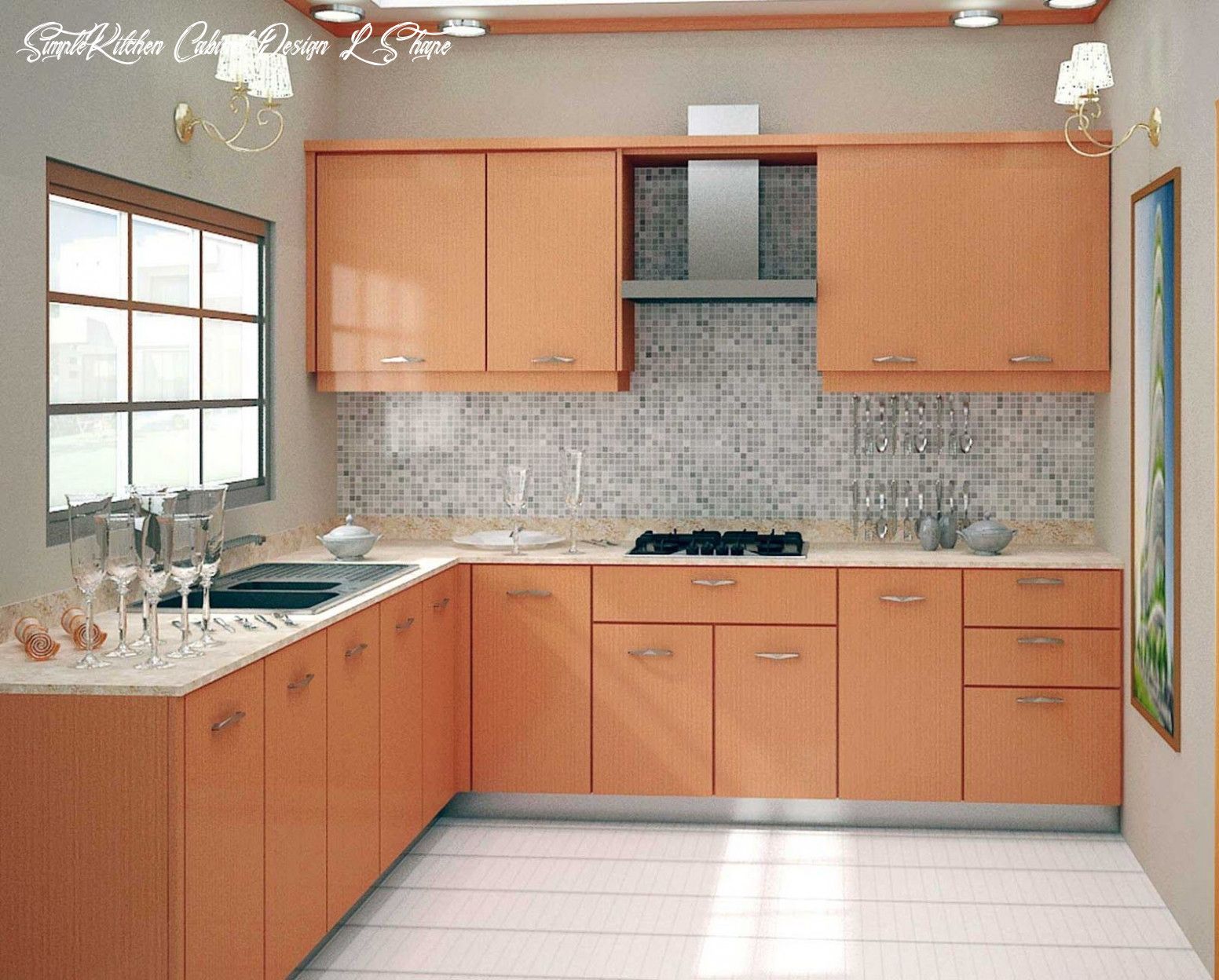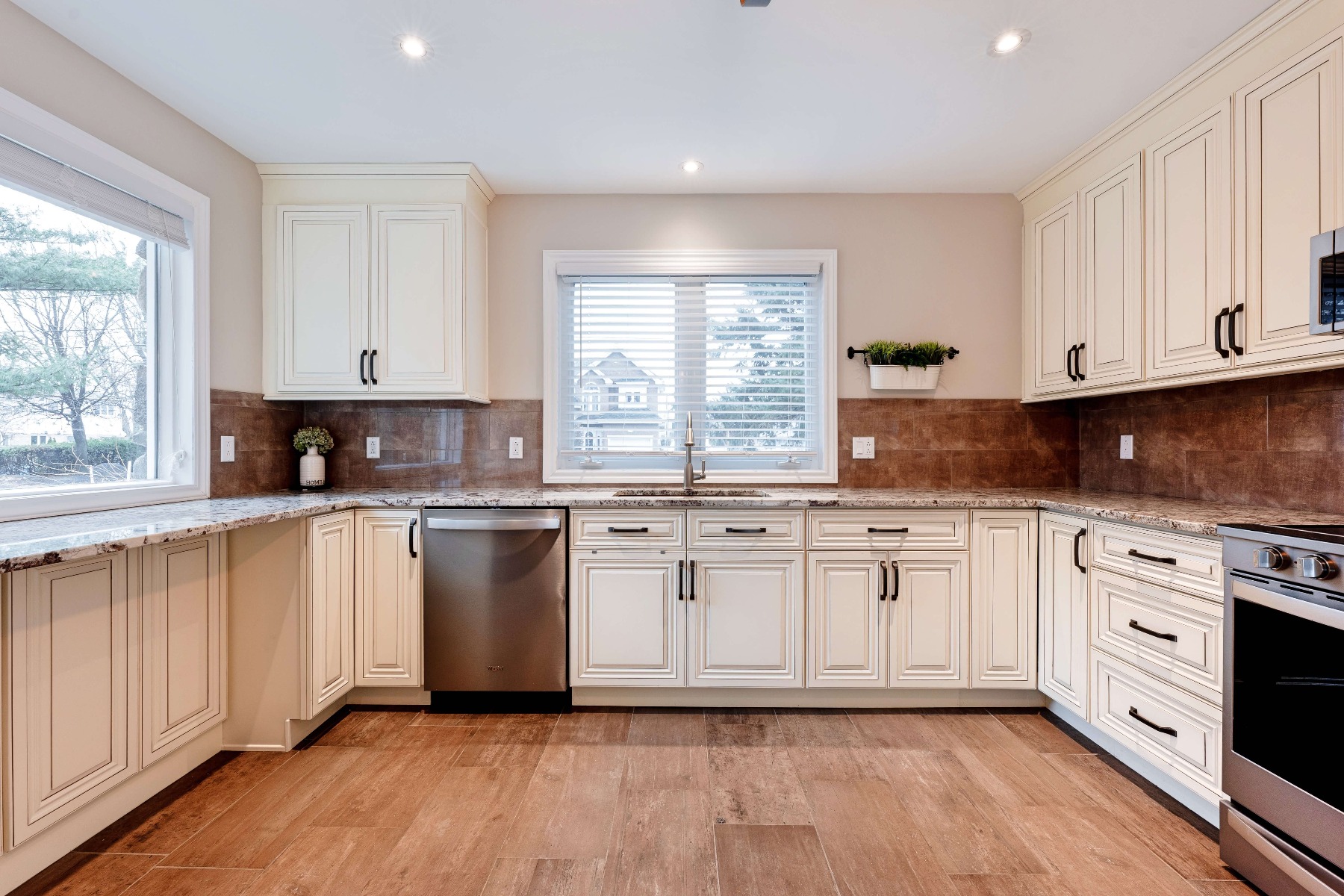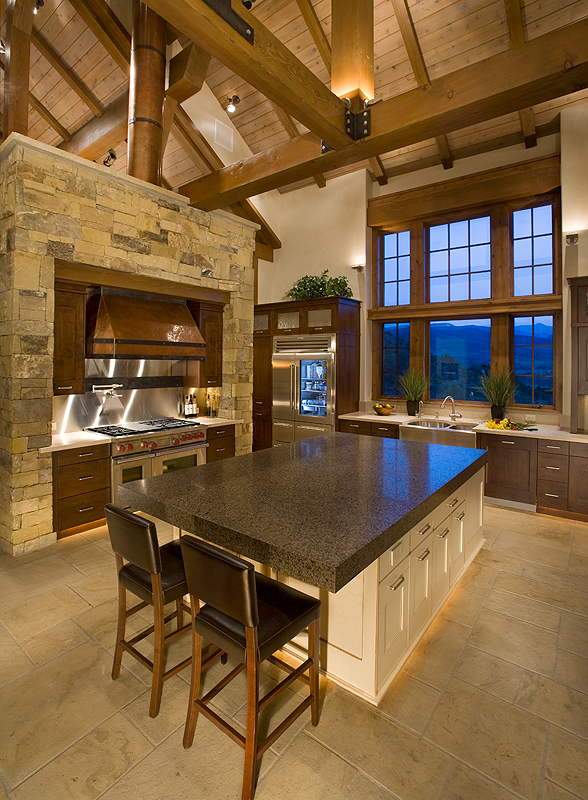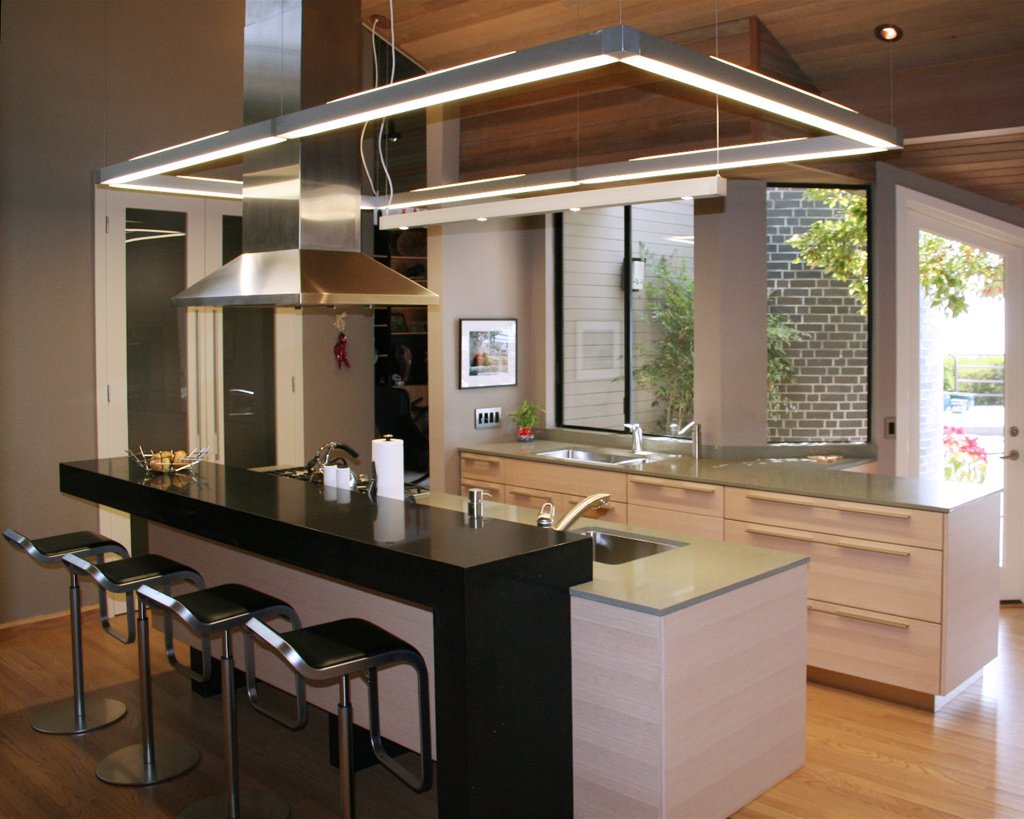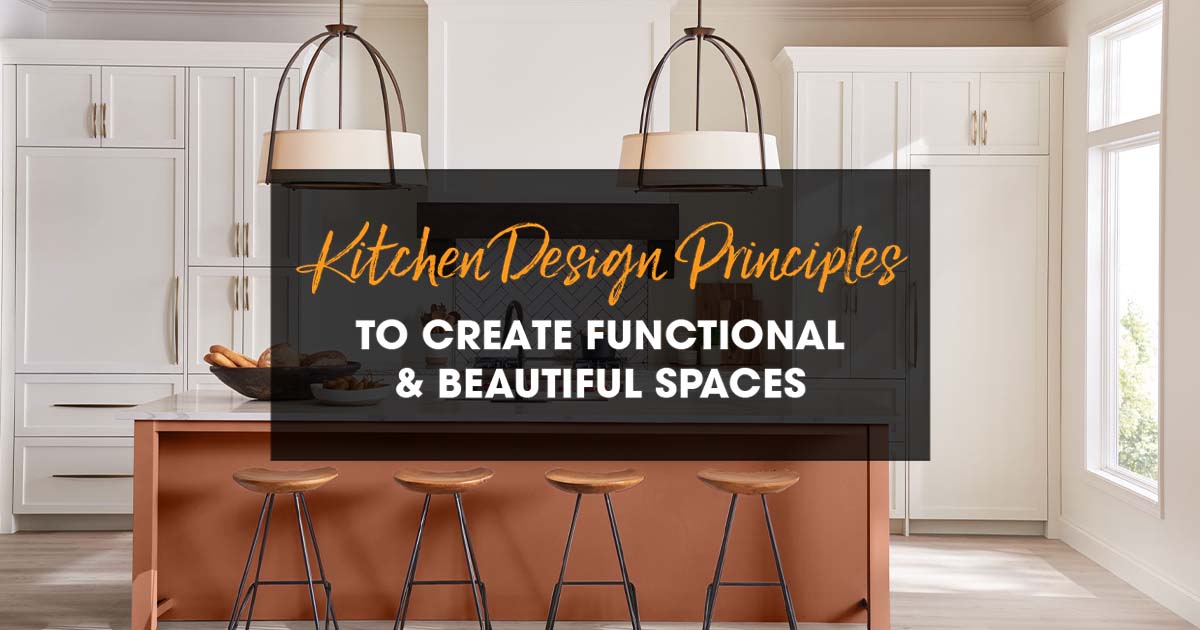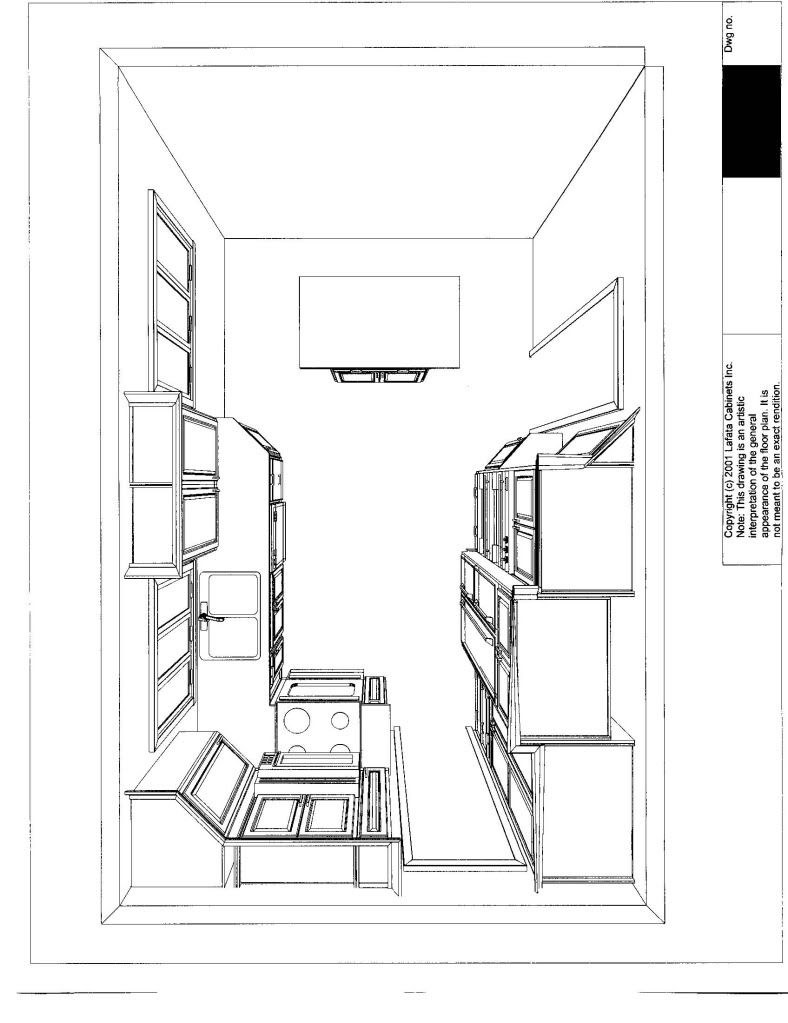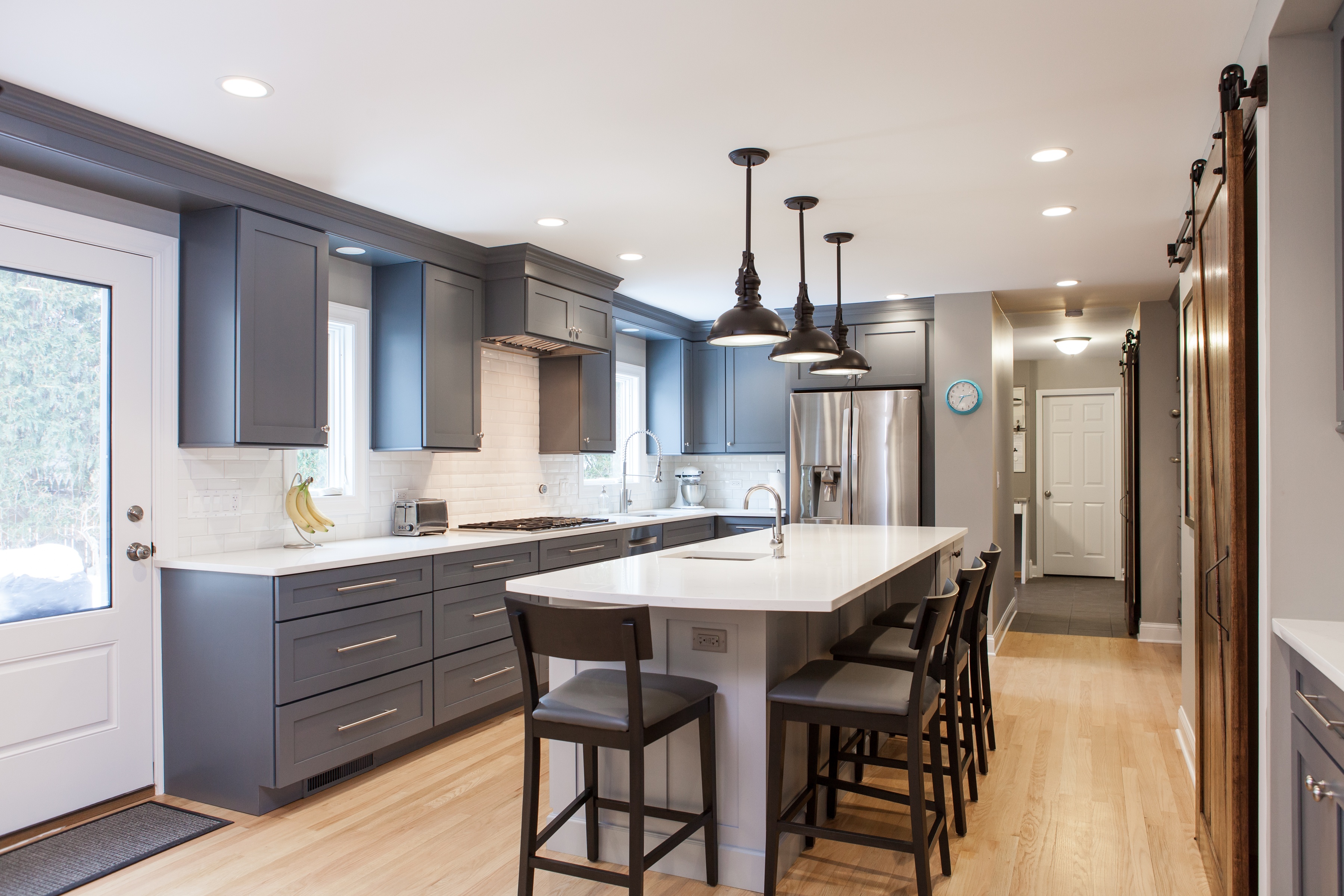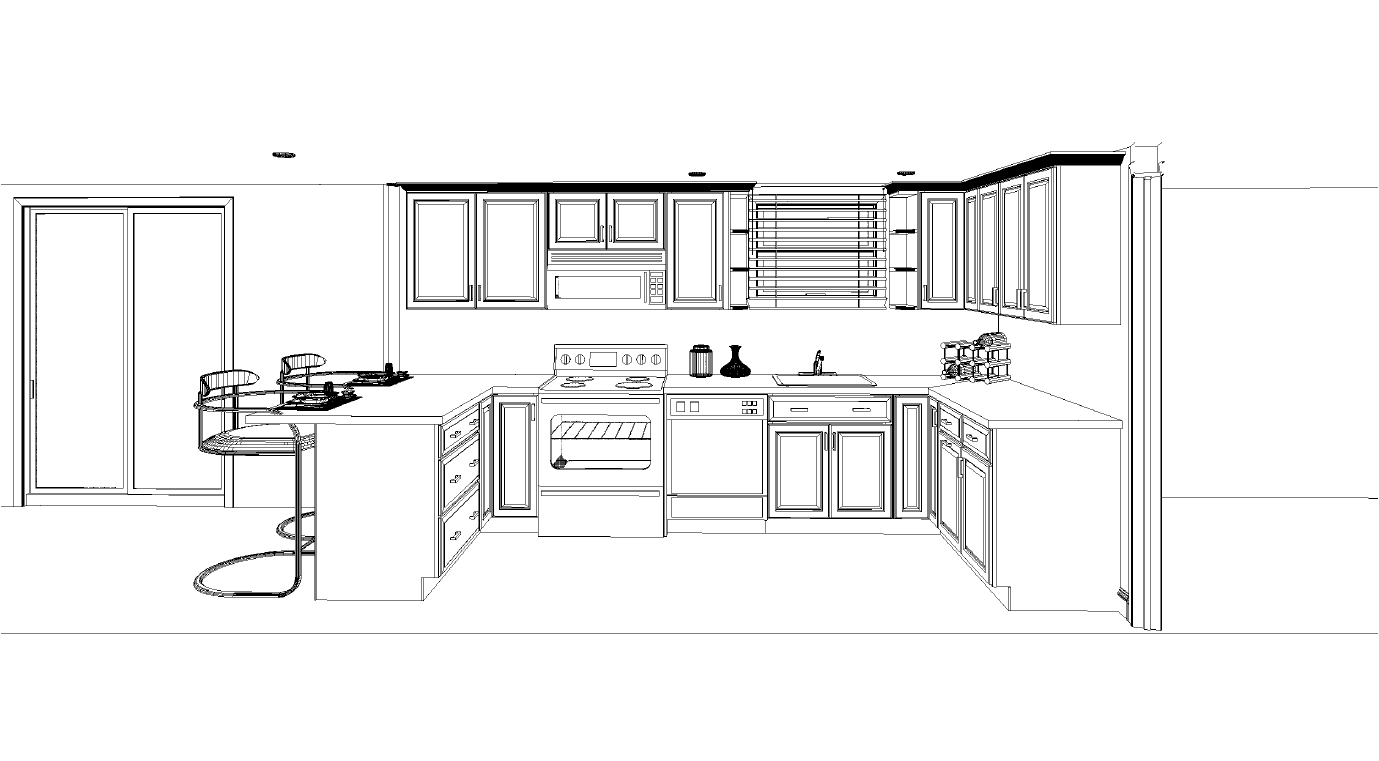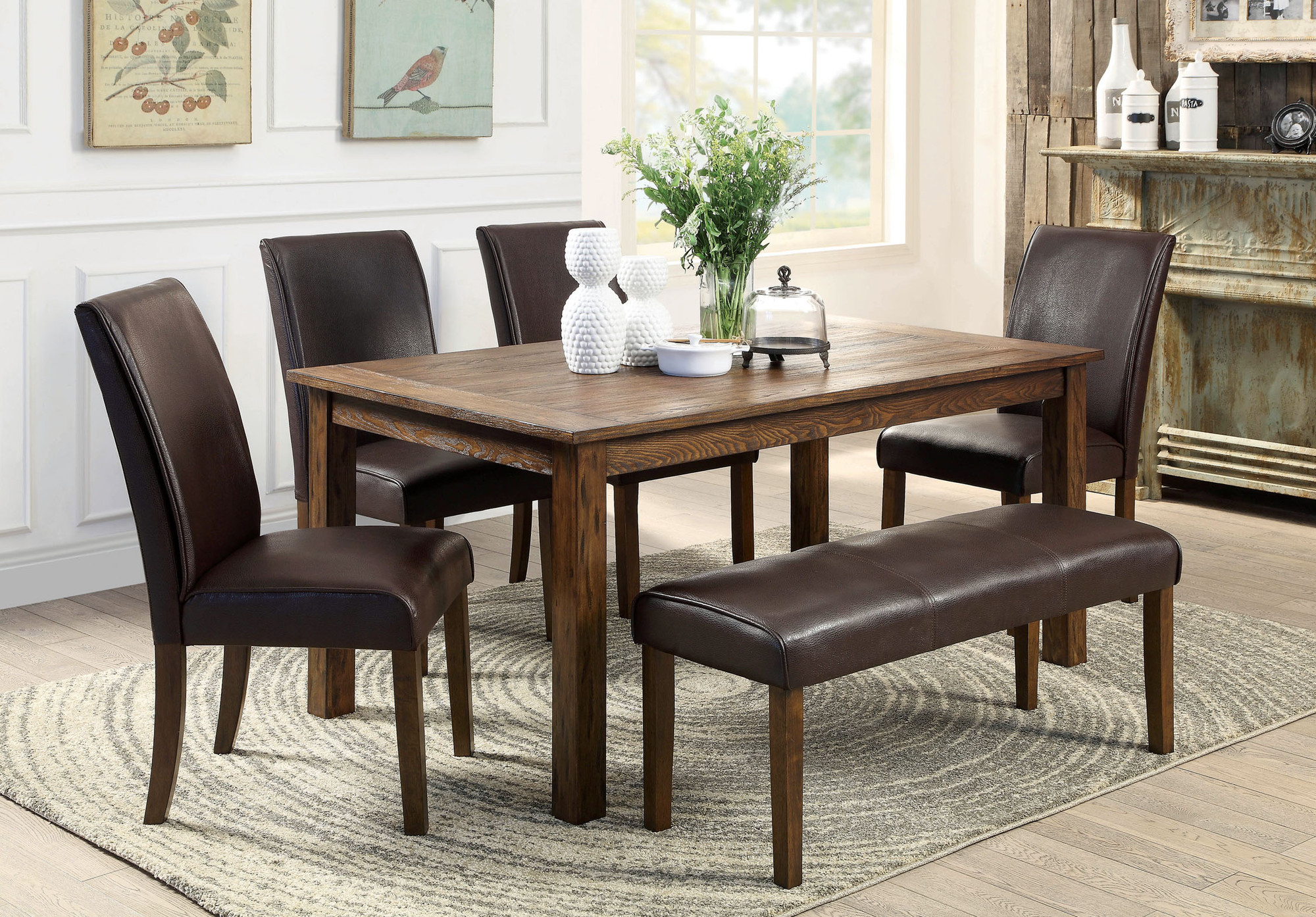Designing a functional and beautiful kitchen is a key aspect of creating a comfortable and efficient home. Whether you're a master chef or a weekend cook, having a well-designed kitchen can make all the difference in your culinary experience. To help you create the perfect kitchen, we've compiled a list of the top 10 basic kitchen design principles that every homeowner should know.Basic Kitchen Design Principles
When it comes to kitchen design, there are a few key principles that should be kept in mind. These basic principles help to create a space that is not only visually appealing but also functional and practical. Balance: A balanced kitchen design is one that has a harmonious mix of elements, including colors, textures, and materials. It's important to have a balance between the different elements to create a cohesive and visually pleasing space. Proportion: The size and scale of different elements in the kitchen should be proportionate to each other. This helps to create a sense of harmony and prevents one element from overpowering the others. Functionality: The kitchen is a workspace, and it's essential that the design takes into consideration the functionality of the space. A well-designed kitchen should make cooking, cleaning, and storage easy and efficient.Designing a Kitchen: Basic Principles
To create a kitchen that is both beautiful and functional, here are 10 basic principles to keep in mind: 1. Consider the kitchen "work triangle": This is the relationship between the refrigerator, stove, and sink. These three elements should be placed in a way that creates an efficient workspace for cooking and cleaning. 2. Use high-quality materials: The kitchen is a high-traffic area, and it's important to use durable and high-quality materials that can withstand daily use and wear. 3. Maximize storage space: A well-designed kitchen should have enough storage space for all your cookware, appliances, and pantry items. Utilize vertical space with tall cabinets and consider incorporating a kitchen island for extra storage. 4. Opt for a neutral color scheme: Neutral colors like white, gray, or beige are timeless and can make a small kitchen appear larger. You can add pops of color through accessories and decor. 5. Keep the kitchen well-lit: Proper lighting is essential in the kitchen, especially in the cooking and prep areas. Consider a mix of overhead lighting and task lighting to create a well-lit and functional space. 6. Choose the right appliances: When selecting appliances, consider their size, energy efficiency, and functionality. Appliances should also complement the overall design of the kitchen. 7. Create a seamless flow: The kitchen should flow seamlessly with the rest of the house. Consider the overall design and decor of your home when designing your kitchen to ensure a cohesive look. 8. Incorporate natural elements: Adding natural elements like wood, stone, or plants can add warmth and texture to the kitchen design. It also helps to bring the outdoors in and create a welcoming atmosphere. 9. Pay attention to details: The smallest details can make a big impact in the overall design of the kitchen. Consider details like hardware, backsplash, and countertop edges to add character and personality to the space. 10. Keep it clutter-free: A cluttered kitchen not only looks messy but can also hinder functionality. Consider incorporating storage solutions like pull-out shelves, dividers, and wall-mounted storage to keep the kitchen organized and clutter-free.10 Basic Kitchen Design Principles
In addition to the 10 basic principles listed above, here are five key principles that can help guide your kitchen design: Simplicity: A simple and clean design can make a big impact. Avoid overcomplicating the design with too many elements or unnecessary details. Harmony: All elements in the kitchen should work together in harmony, including color, texture, and style. This helps to create a cohesive and visually pleasing space. Contrast: Contrast adds visual interest and helps to create a focal point in the kitchen. Consider incorporating contrasting elements like light and dark colors or smooth and textured surfaces. Emphasis: Every kitchen should have a focal point, whether it's a statement backsplash, a kitchen island, or a unique light fixture. This element helps to draw the eye and add personality to the space. Rhythm: Rhythm is created by repeating elements throughout the kitchen design. This helps to create a cohesive and visually appealing space.The 5 Basic Principles of Kitchen Design
When it comes to kitchen design, the layout is crucial in creating a functional and efficient space. Here are some basic layout principles to consider: 1. L-Shaped Layout: This layout is ideal for smaller kitchens and creates a compact and efficient workspace. 2. U-Shaped Layout: This layout is great for larger kitchens and offers plenty of counter and storage space. 3. Galley Layout: This layout is perfect for narrow and long kitchens and maximizes space by utilizing two parallel walls. 4. Island Layout: This layout incorporates a kitchen island and is ideal for larger kitchens with a lot of space to work with. 5. Open Layout: This layout opens up the kitchen to the rest of the living space, creating a seamless flow and a more spacious feel.Basic Kitchen Design Layout Principles
In summary, the key principles of basic kitchen design include balance, proportion, functionality, and considering the kitchen work triangle. By keeping these principles in mind, you can create a kitchen that is both aesthetically pleasing and practical.Key Principles of Basic Kitchen Design
Functionality is a crucial aspect of kitchen design. Here are some additional basic principles to ensure your kitchen is functional: 1. Clear traffic flow: Make sure there is enough space for people to move around freely without hindering the work triangle. 2. Easy-to-clean surfaces: Choose materials that are easy to clean and maintain, especially in high-traffic areas like the kitchen countertop. 3. Proper ventilation: A well-ventilated kitchen is essential for removing cooking odors and preventing moisture buildup. 4. Consider ergonomics: Design your kitchen with ergonomics in mind to make cooking and cleaning more comfortable and efficient. 5. Accessibility: If you have any special needs or mobility concerns, make sure your kitchen design takes into consideration accessibility and ease of use.Basic Kitchen Design Principles for a Functional Space
In conclusion, understanding the basic principles of kitchen design and layout is essential in creating a functional and beautiful space. By considering balance, proportion, functionality, and incorporating the right layout for your kitchen, you can create a space that meets your needs and reflects your personal style.The Basic Principles of Kitchen Design and Layout
Designing a kitchen can be overwhelming, but by understanding the basic principles of kitchen design, you can create a space that is both functional and aesthetically pleasing. Remember to balance different elements, consider proportion, and prioritize functionality to create your dream kitchen.Understanding the Basic Principles of Kitchen Design
To recap, here are the 10 essential principles of basic kitchen design: 1. Balance 2. Proportion 3. Functionality 4. Consider the kitchen work triangle 5. Use high-quality materials 6. Maximize storage space 7. Opt for a neutral color scheme 8. Keep the kitchen well-lit 9. Choose the right appliances 10. Keep it clutter-free10 Essential Principles of Basic Kitchen Design
Creating a Functional and Aesthetic Kitchen Design

Efficiency and Flow
 When designing a kitchen, it is important to consider the overall flow and efficiency of the space. The
layout
of your kitchen should allow for easy movement between the
three main work zones
: the sink, the fridge, and the stove. This triangular shape, known as the
work triangle
, is a fundamental principle in kitchen design. It minimizes the distance between these key areas, making it easier to prepare and cook meals. Additionally, incorporating
counter space
between these work zones allows for a more efficient workflow, as it provides a space to set down ingredients and utensils while
cooking
. This also prevents unnecessary backtracking and saves time in the long run.
When designing a kitchen, it is important to consider the overall flow and efficiency of the space. The
layout
of your kitchen should allow for easy movement between the
three main work zones
: the sink, the fridge, and the stove. This triangular shape, known as the
work triangle
, is a fundamental principle in kitchen design. It minimizes the distance between these key areas, making it easier to prepare and cook meals. Additionally, incorporating
counter space
between these work zones allows for a more efficient workflow, as it provides a space to set down ingredients and utensils while
cooking
. This also prevents unnecessary backtracking and saves time in the long run.
Storage and Organization
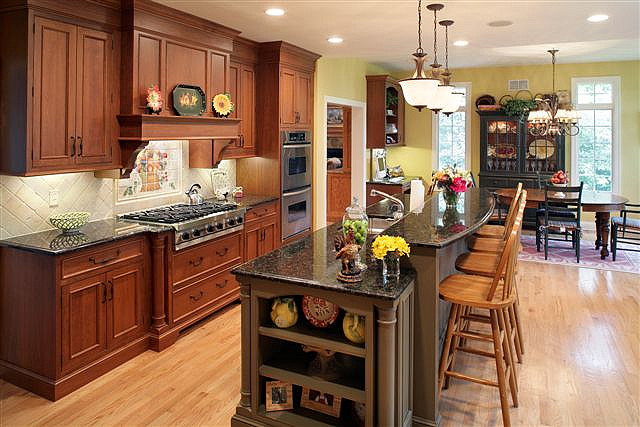 Another important aspect of kitchen design is
storage
and
organization
. A well-designed kitchen should have ample storage space for all of your
cookware, dishes, and utensils
. Cabinets and drawers should be strategically placed near the work zones for easy access. Consider incorporating
pull-out shelves
and
hidden storage
solutions to maximize space and keep your counters clutter-free. It is also important to designate specific areas for different types of items, such as a
spice rack
near the stove or a
cutting board
near the sink.
Another important aspect of kitchen design is
storage
and
organization
. A well-designed kitchen should have ample storage space for all of your
cookware, dishes, and utensils
. Cabinets and drawers should be strategically placed near the work zones for easy access. Consider incorporating
pull-out shelves
and
hidden storage
solutions to maximize space and keep your counters clutter-free. It is also important to designate specific areas for different types of items, such as a
spice rack
near the stove or a
cutting board
near the sink.
Lighting and Aesthetics
 Proper lighting is crucial in any kitchen design. Natural
light
is ideal, so consider incorporating
large windows
or
skylights
if possible. For artificial lighting, a combination of
overhead
and
task lighting
is recommended. Overhead lighting, such as
pendant lights
or
recessed lighting
, provides general illumination, while task lighting, such as under-cabinet lights, illuminates specific work areas. When it comes to aesthetics, choose a color scheme and materials that
complement
the rest of your home. Keep in mind that lighter colors can make a space feel larger and brighter, while darker colors can add a touch of sophistication.
Proper lighting is crucial in any kitchen design. Natural
light
is ideal, so consider incorporating
large windows
or
skylights
if possible. For artificial lighting, a combination of
overhead
and
task lighting
is recommended. Overhead lighting, such as
pendant lights
or
recessed lighting
, provides general illumination, while task lighting, such as under-cabinet lights, illuminates specific work areas. When it comes to aesthetics, choose a color scheme and materials that
complement
the rest of your home. Keep in mind that lighter colors can make a space feel larger and brighter, while darker colors can add a touch of sophistication.
In conclusion, a well-designed kitchen should be both functional and aesthetically pleasing. By following these basic kitchen design principles, you can create a space that not only looks great but also makes cooking and preparing meals a breeze. So, whether you are starting from scratch or renovating an existing kitchen, keep these principles in mind for a beautiful and efficient kitchen.

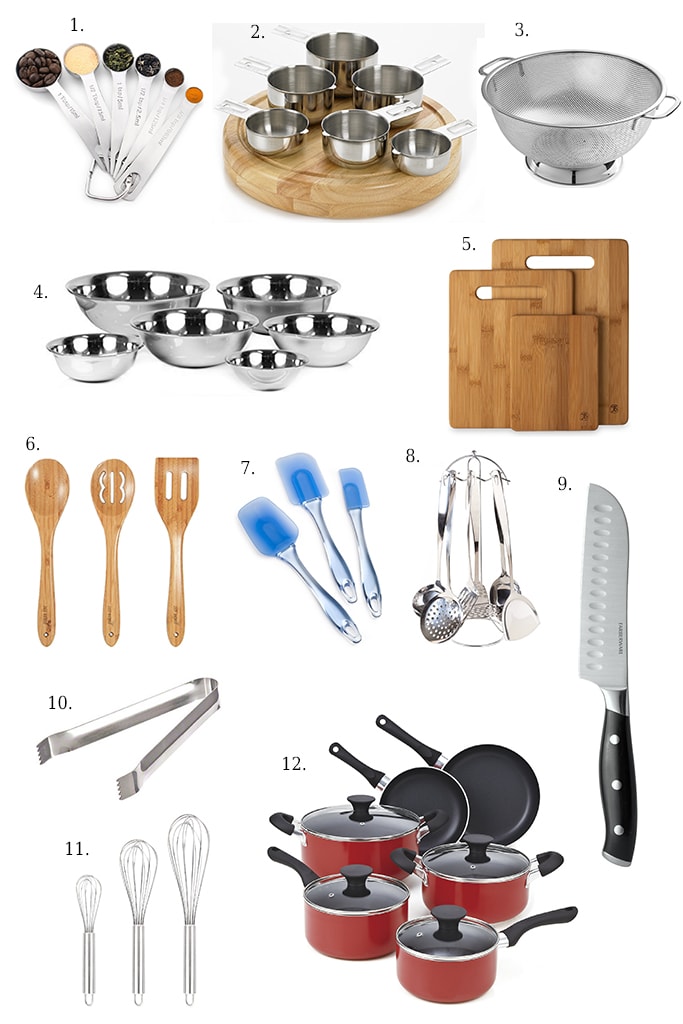

/172788935-56a49f413df78cf772834e90.jpg)

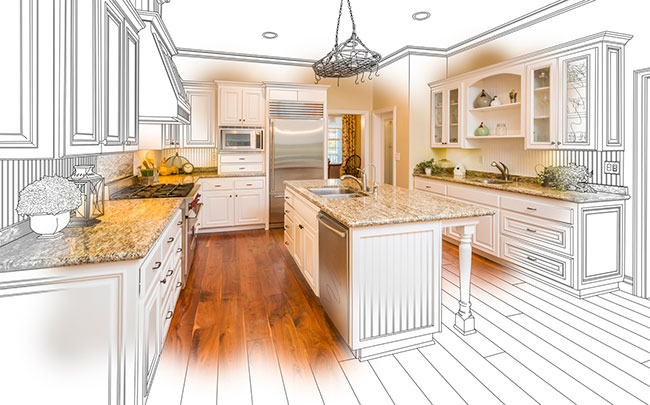





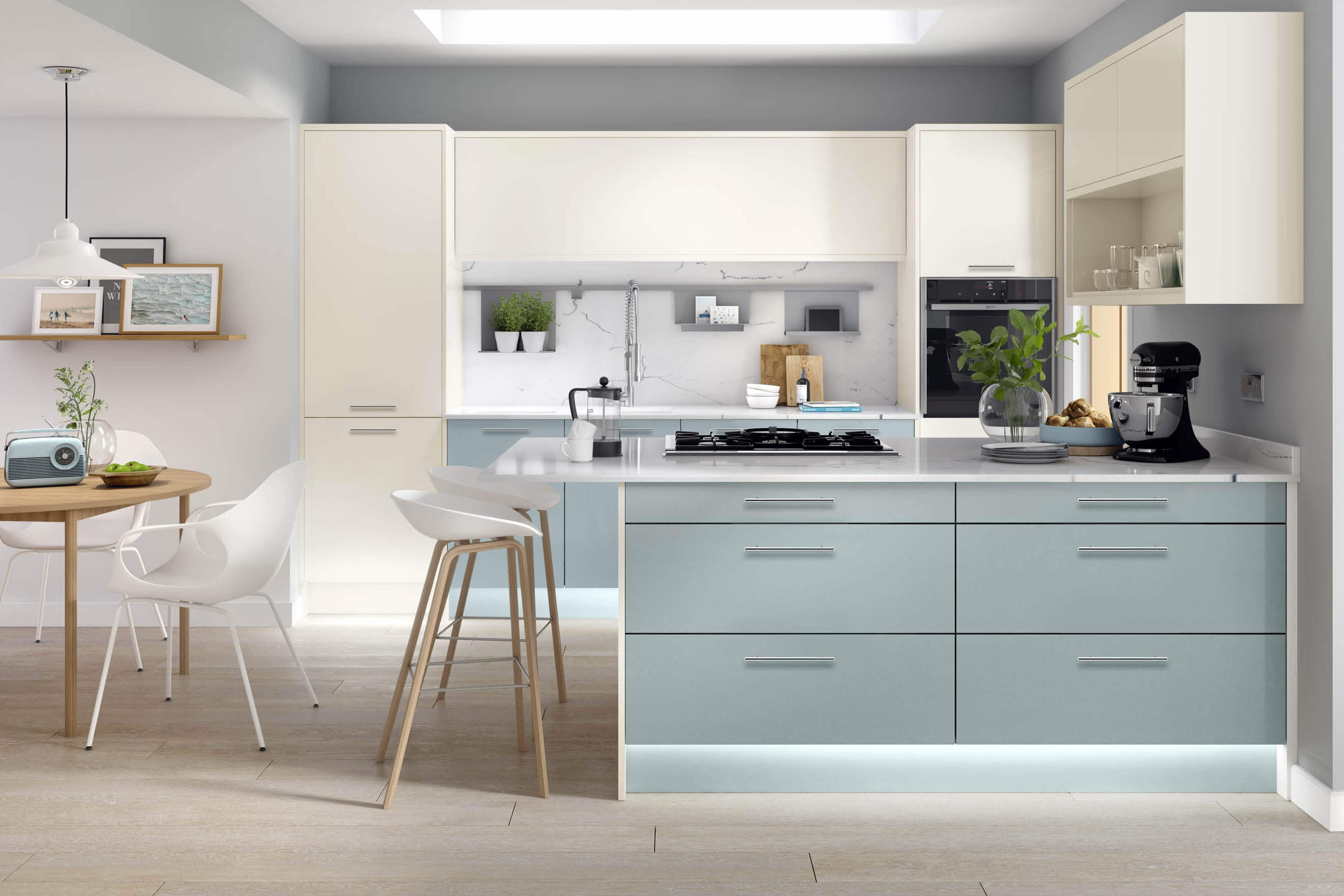
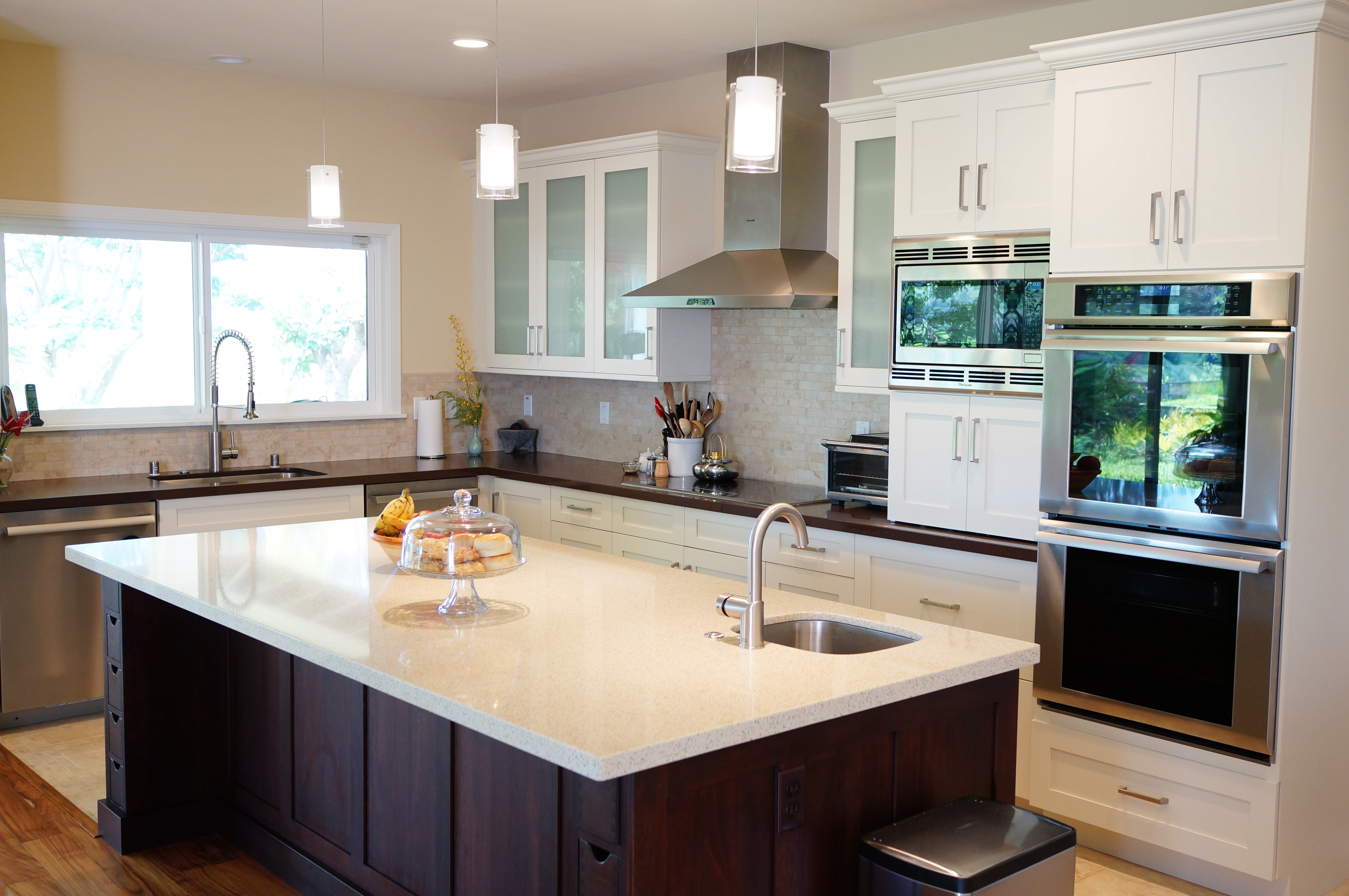
/172788935-56a49f413df78cf772834e90.jpg)






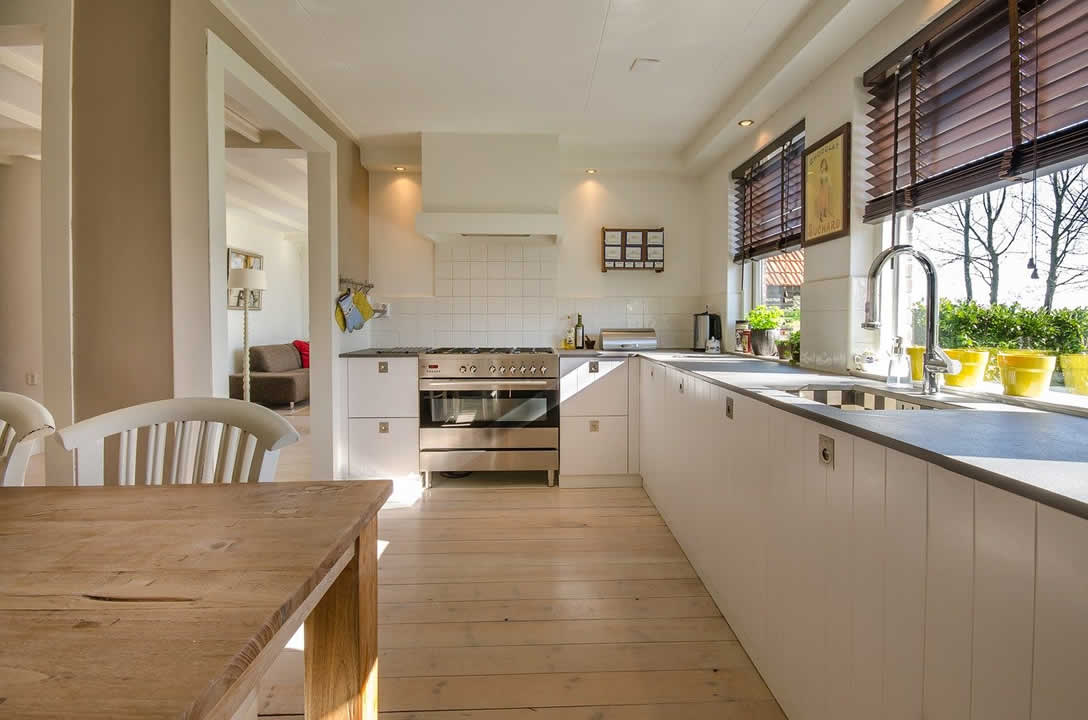
:max_bytes(150000):strip_icc()/basic-design-layouts-for-your-kitchen-1822186-Final-054796f2d19f4ebcb3af5618271a3c1d.png)



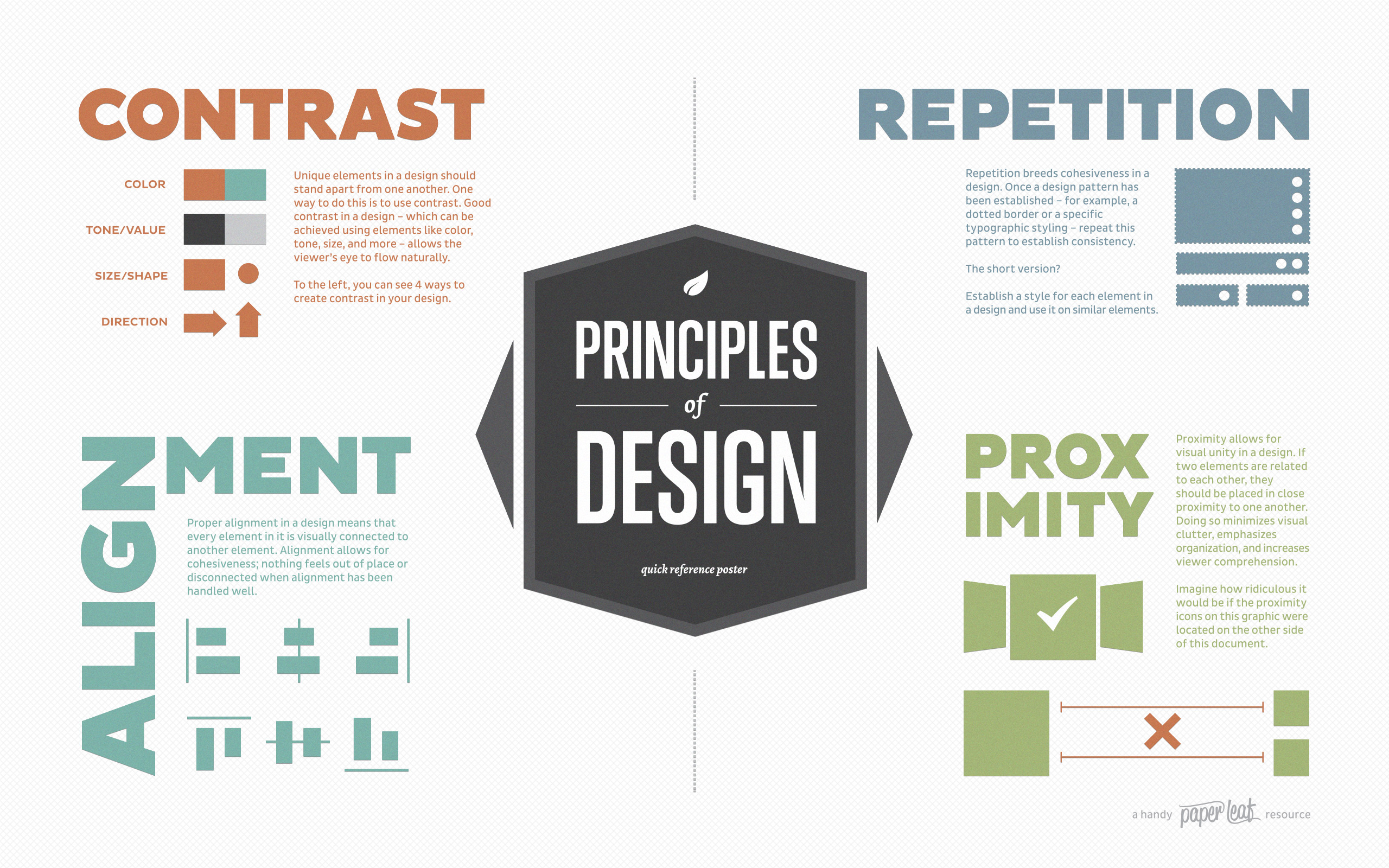

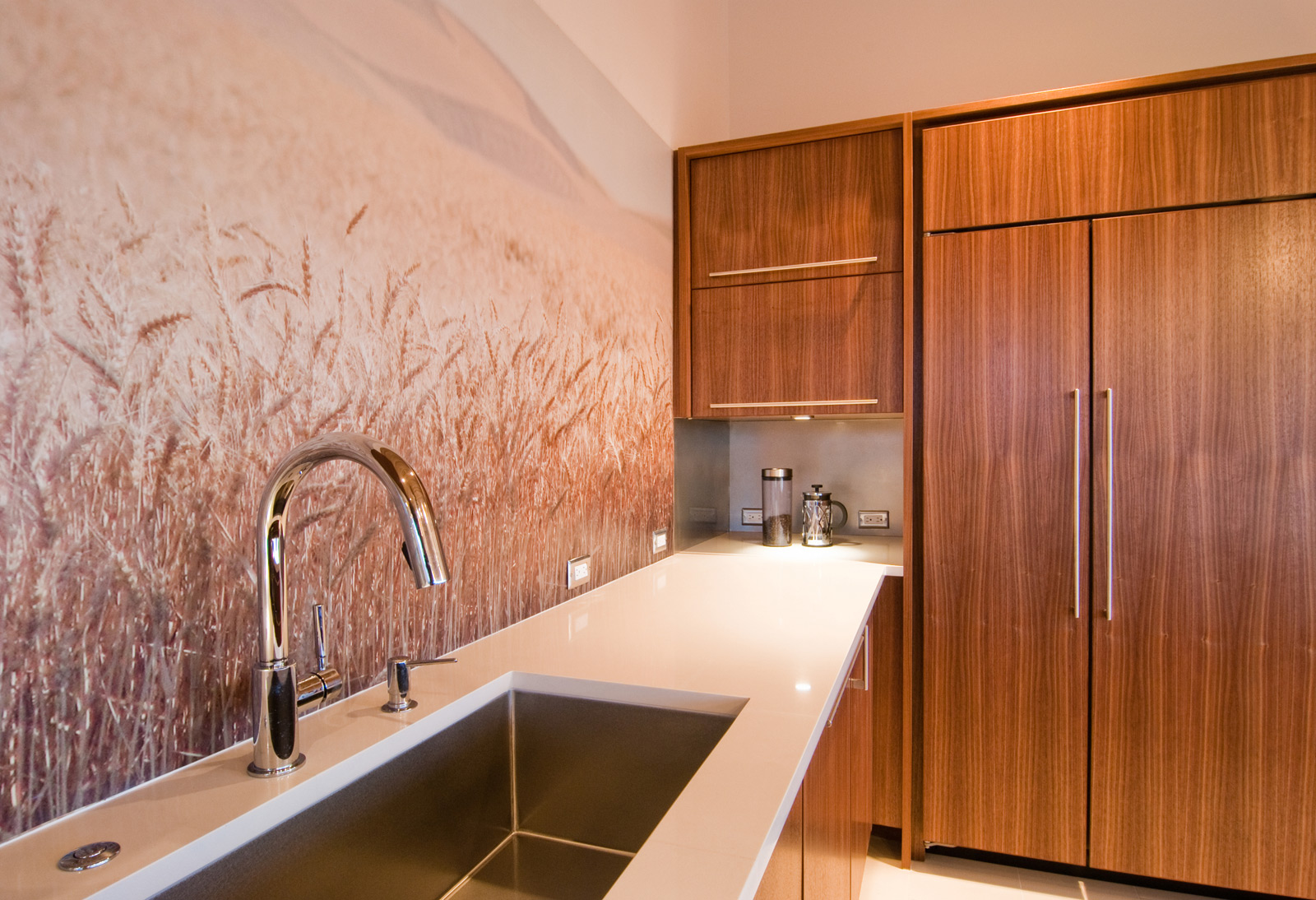



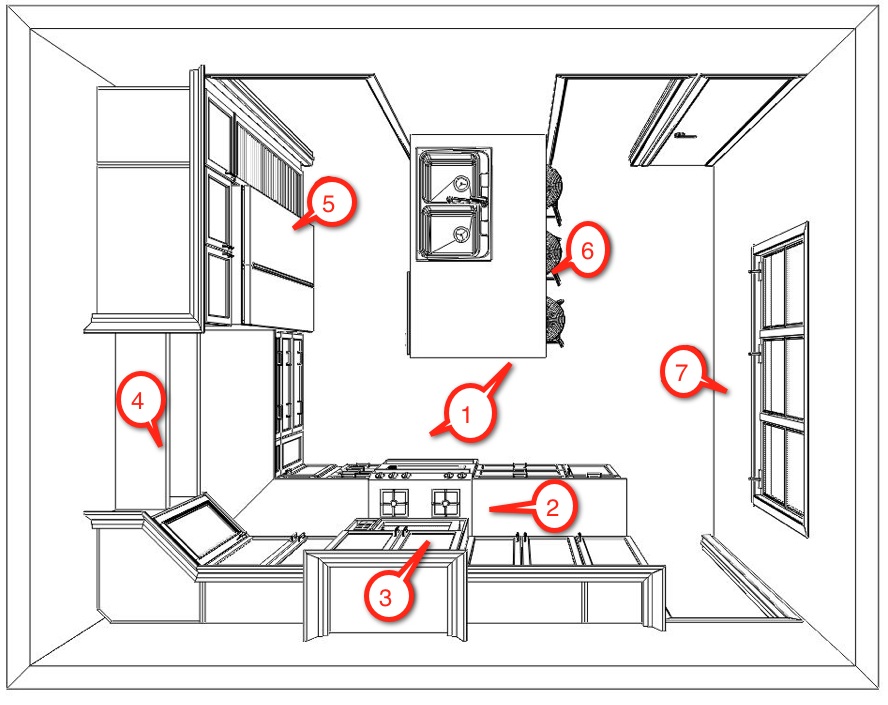
/One-Wall-Kitchen-Layout-126159482-58a47cae3df78c4758772bbc.jpg)
/ModernScandinaviankitchen-GettyImages-1131001476-d0b2fe0d39b84358a4fab4d7a136bd84.jpg)



